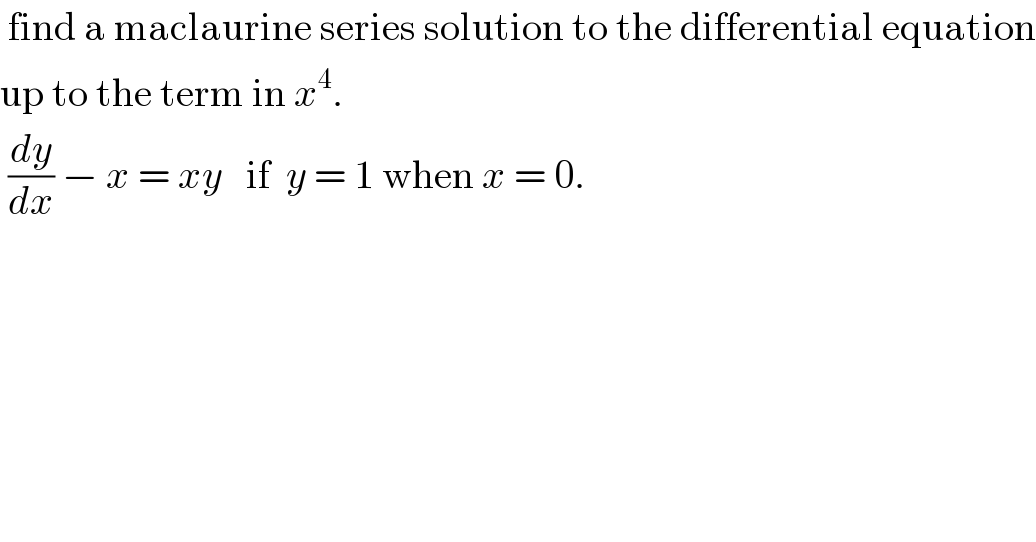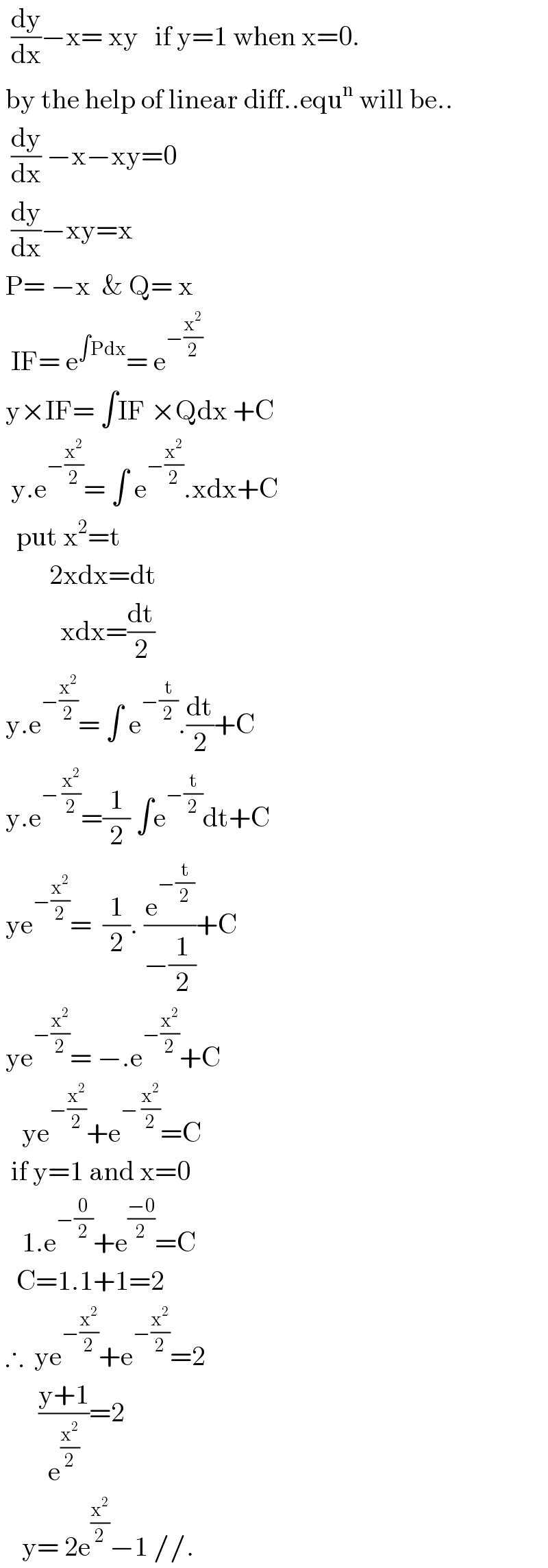
Question and Answers Forum
Question Number 88235 by Rio Michael last updated on 09/Apr/20

Commented by niroj last updated on 11/Apr/20

| ||
Question and Answers Forum | ||
Question Number 88235 by Rio Michael last updated on 09/Apr/20 | ||
 | ||
Commented by niroj last updated on 11/Apr/20 | ||
 | ||